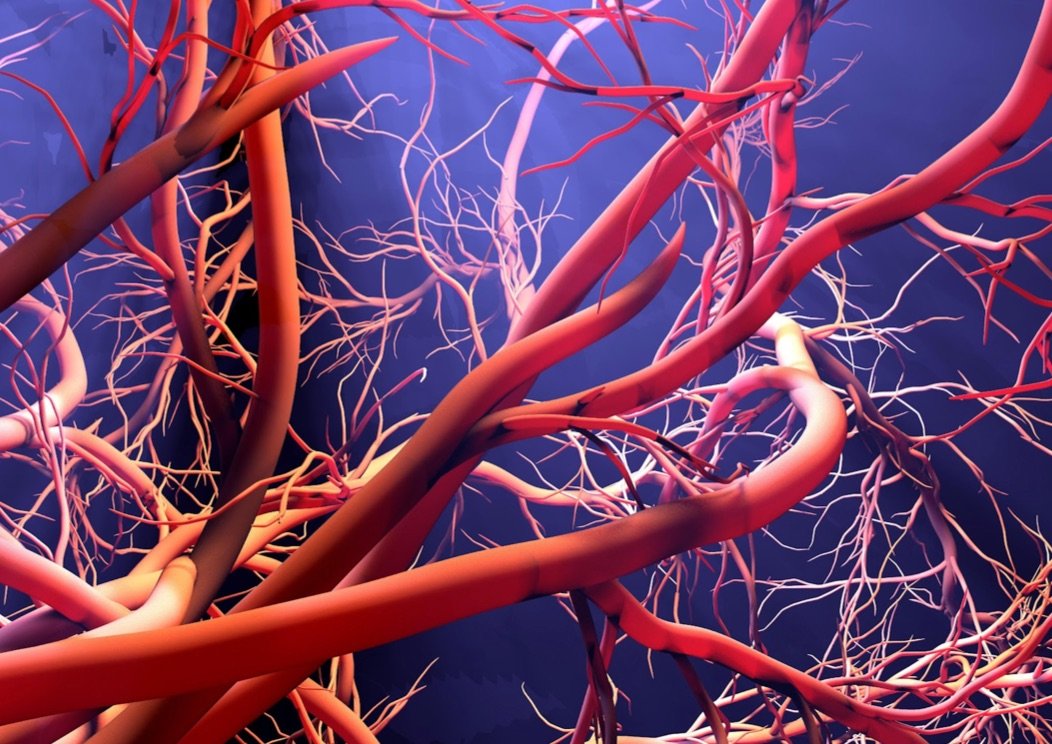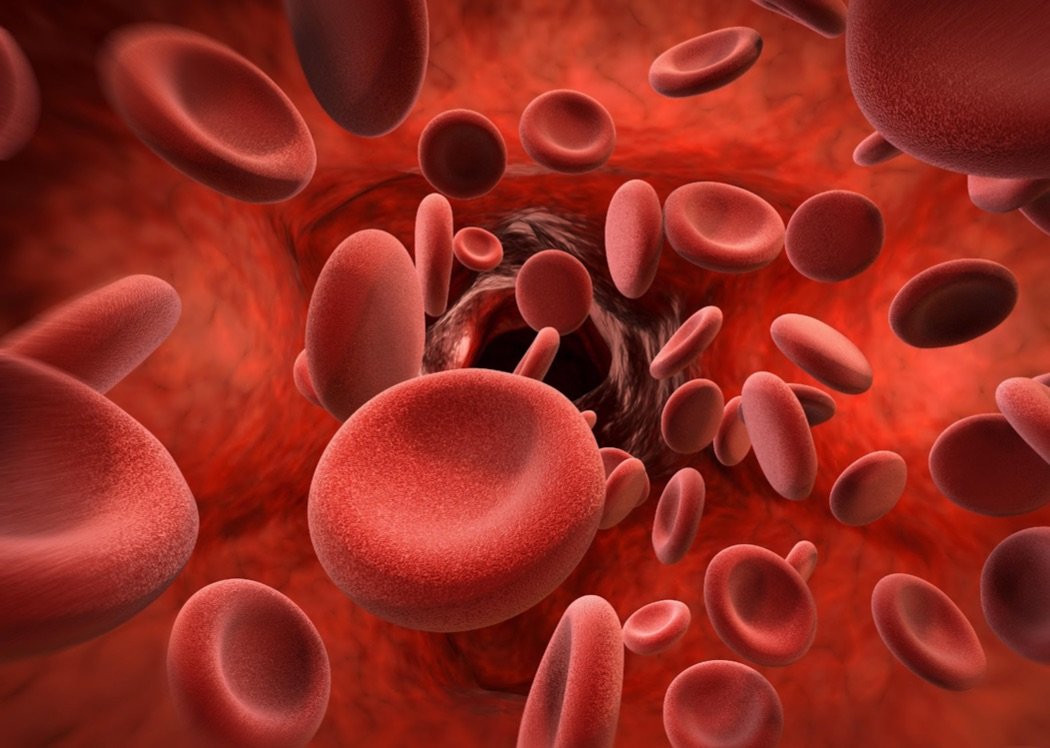Active Vs. Ordinary Nitric Oxide: Where each exists in the body and how they impact your health
Nitric oxide—known by the formula NO—is so vital for humans' internal physiological processes that it was crowned Molecule of the Year in 1992. It plays a chameleon role as a signaling molecule, able to enter and elicit functions in nearly every system of the human body.
In the past recognized merely as a free radical, NO is now known to play a variety of roles within the body due to the diverse forms it takes. Both highly reactive and small, NO can diffuse through cell walls, interact with myriad receptors within a variety of internal systems, and signal functions across the cardiovascular, immune, and nervous systems.
Much of NO's effects are visible in the human bloodstream and vascular system, where it regulates blood pressure and stimulates circulation by relaxing the blood vessels. It also helps the immune system and central nervous system operate, "affecting everything from gastric motility to memory to behavior."
To be able to do this, the molecule undergoes a transformation within the body. Ordinary nitric oxide is somewhat latent, residing in the innermost layer of the blood vessels. Once it is released and begins interacting with red blood cells, it becomes active nitric oxide and is thus able to travel throughout the body, delivering highly beneficial supplies of blood and oxygen.
Nitric oxide's benefits are still being studied by researchers, and it is thought that the chemical compound might one day provide the basis for a number of life-altering treatments, including those that target the development of Alzheimer's disease, due to its molecular pathways' role in the propensity of neurological disorders.
NNOXX detailed the differences between active and ordinary nitric oxide using its own science and a variety of other scientific sources.
Read on to learn about four essential facts to know about active nitric acid, including where each form of the chemical compound is found in the body, what transformations it undergoes, and how it helps the human body function.

Ordinary nitric oxide exists in the inner lining of blood vessels
Nitric oxide will eventually transform and travel throughout the body's systems, but its long and varied journey starts within the inner layer of the blood vessels, called the endothelium. This is where endogenous nitric oxide originates—that is, nitric oxide that is produced internally. Vascular nitric oxide is derived in part from enzymes near the blood vessels, which react with nitric oxide synthase to form the chemical compound. Once it is formed, nitric oxide is highly reactive, meaning that it can interact with a variety of chemicals to elicit responses in almost all of the body's systems.
ACCESS THE FIRST WEARABLE NITRIC OXIDE MONITORING DEVICE
Take your health and fitness to the next level with the first wearable device that measures active nitric oxide levels in real-time, unlocking insights and elevating your fitness and performance.
Using this personalized data, you can achieve the most time-efficient workouts that achieve the maximum results.

Ordinary nitric oxide is used in the body to create active nitric oxide
Ordinary nitric oxide has quite a short half-life. Its main influence on the body comes through its transformation into active nitric oxide, which is known as SNO-hemoglobin. Once released from endothelial cells, ordinary NO binds to hemoglobin molecules—which are a protein contained within red blood cells—and travels back to the lungs laden with both NO and carbon dioxide. This carbon dioxide is expelled as waste, making room for the intake of oxygen. This spurs a synthesis reaction resulting in active NO.

Active nitric oxide is found in the bloodstream attached to hemoglobin
After leaving the lungs, active nitric oxide can enter a variety of internal systems, influencing a plethora of functions. This is facilitated by hemoglobin, which transports and releases the active compound throughout the body in areas where oxygen levels are low. Due to its crucial role in such processes, a deficiency in NO can contribute to metabolic and cardiovascular disease.
WHAT IS ACTIVE NITRIC OXIDE?
Find answers to questions like, “What is active nitric oxide?” and discover the power of NNOXX’s innovative wearable and mobile app that allows anyone to measure and monitor their body's production of active nitric oxide.

Active nitric oxide provides nourishment for internal organs through the vascular system
Perhaps the most well-known function of active nitric oxide is its ability to dilate blood vessels. Through this, active NO stimulates the regular flow of blood and oxygen throughout the body. Thanks to this "therapeutic" relaxation of the vascular system, internal organs—including the heart, brain, and musculature—are delivered a steady supply of blood, which in turn provides nutrients, hormones, and cells, improving our health and physical fitness. Active NO also carries out tissue oxygenation, which helps strengthen and repair the body's internal organs.